The Hanok (더 한옥)
4.8Km 2021-03-24
75, Gyedong-gil, Jongno-gu, Seoul
+82-2-743-7470
You can enjoy coffee in a hanok (Korean house). This restaurant's signature menu is coffee. This cafe is located in Jongno-gu, Seoul.
Parque Montmartre (몽마르뜨공원)
4.8Km 2021-11-25
Banpo-daero 37-gil 59, Seocho-gu, Seúl
+82-2-2155-6877
El lugar del Parque Montmartre era anteriormente era una montaña abandonada pero en el año 2000, bajo el proyecto de la urbanización del Ayuntamiento de Seúl, se convirtió en un parque verde acudido por los ciudadanos todo el año. La entrada al barrio Seorae, zona residencial muy cerca del parque, era conocida como Montmartre, por lo que se llegó a llamarlo con el mismo nombre.
Río Hangang (한강)
4.9Km 2021-01-28
Gangbyeonbuk-ro 257, Seongdong-gu, Seúl
+82-2-120
Fluyendo sus aguas por la parte central de la península coreana, el río Hangang nace en Gangwon-do y sigue su recorrido por Chungcheongbuk-do, Gyeonggi-do, pasando por Seúl hasta llegar al mar Amarillo. El río ha sido testigo de los buenos y malos momentos de la historia de Corea por más de 5.000 años. Los parques alrededor de la ciudad son un buen espacio de recreo para los ciudadanos de la capital.
El río Namhangang (río Hangang del Sur), la mayor fuente del río principal, nace en la ciudad de Taebaek, en la provincia de Gangwon-do. Sus aguas fluyen dirección norte hasta el arroyo Goljicheon en Samcheok y siguen por la presa Gwangdong hasta llegar al arroyo Songcheon.
El arroyo Songcheon nace en el monte Hwangbyeongsan (1.407 m), en Jeongseon-gun, y fluye hasta el río Joyanggang. Después de juntarse con el arroyo Odaecheon, sigue dirección sur hasta llegar al río Donggang, que acaba juntándose con el río Seogang. Una vez junta sus aguas con el arroyo Dalcheon en la ciudad de Chungju, el río Seomgang y el río Cheongmicheon se unen con los arroyos Yanghwacheon, Bokhacheon y Heukcheon hasta que finalmente forman un solo río con el Bukhangang (río Hangang del Norte).
Hotel Hilltop (힐탑관광호텔)
4.9Km 2021-06-04
647, Nonhyeon-ro, Gangnam-gu, Seoul
+82-2-540-3458
Hotel Hilltop is located in the central area of Seoul in Nonhyeon-dong, Gangnam-gu. In addition to its 57 guestrooms, the hotel offers a variety of subsidiary facilities such as a Turkish sauna, a banquet hall, restaurants, and a coffee shop. The hotel is conveniently located near COEX and Apgujeong Rodeo Street, making it an ideal location for guests interested in shopping.
Cafe COIN 2ho (Cafe COIN 2호)
4.9Km 2021-03-22
29, Myeongdong, 9-gil, Jung-gu, Seoul
+82-2-754-1506
A café operated for more than 20 years in Myeong-dong. This is a cafe located in Jung-gu, Seoul. The most famous menu is waffle.
Cambio de Guardia Real del Palacio Gyeongbokgung (수문장 교대의식)
4.9Km 2024-05-17
Sajik-ro 161, Jongno-gu, Seúl.
+82-2-3210-1645
En tiempos antiguos, los guardias reales de la dinastía Joseon vigilaban la puerta Gwanghwamun, entrada del palacio Gyeongbokgung donde el Rey dirigía a la nación. La ceremonia tiene lugar desde 1469, y la versión actual es una representación de la original. Esta representación de la ceremonia comenzó en 1996. Los guardias ocupan su posición, realizan el cambio de guardia, y desfilan. Los uniformes, armas y accesorios de los guardias, al igual que los gestos de la ceremonia, atraen la atención de los turistas. Tiene lugar cada día, excepto los martes.
Wan Chai (완차이)
4.9Km 2019-04-10
50-7, Myeongmul-gil, Seodaemun-gu, Seoul
+82-2-392-0302
Wan Chai is a Chinese restaurant with a name meaning "spicy," and is a must-visit for those who love spicy food. Rather than the original spicy Chinese Sichuan cuisine, a small amount of Korean spices have been added to create even better tasting dishes.
The most popular item on the menu is a large plate of reddened mussels known as the Extra Spicy Stir-fried Mussels. The dish is a mixture of spicy red peppers, garlic, and spicy sauce, stir-fried to perfection. Many customers also come in for the gul jjamppong (spicy noodle soup with oysters). Even the jajangmyeon (noodles in black bean sauce) tastes great here, with clean-tasting black soy bean sauce. Finally, for dessert, lychee is served, a unique treat to finish off a meal at Wan Chai.
Hotel Samjung (호텔 삼정)
4.9Km 2021-05-11
150, Bongeunsa-ro, Gangnam-gu, Seoul
+82-2-557-1221
Hotel Samjung is located in the middle of the busy Gangnam area. The hotel aims to serve as a restful retreat for weary business guests. The guestrooms are designed artfully in different themes by floor. The hotel features a large-scaled banquet hall, a wedding hall, and restaurants as well as other facilities including a sauna, fitness center, business center, and a wedding gallery.
Seochon Guest House [Korea Quality] / 서촌 게스트하우스 [한국관광 품질인증]
4.9Km 2023-04-07
28-3, Jahamun-ro 7-gil, Jongno-gu, Seoul
+82-010-3345-9680
Seochon Guest House is located in Seochon, which is becoming a hot place for tourists in Seoul, and precisely on the road to Suseong Valley, whichis filled with interesting stores and is also well-known for Park Nosoo Art Gallery and the House of Yun Dong-ju (poet). Seochon Guest House is nicknamed ‘Jaeminangol (interesting village)’ after Baekseok’s poem ‘Yeowunangol’, with the aim of providing a visit full of interesting experiences. Passing through a garden and entering the main building, the unique charm of this hanok building, the staircase to get to the first floor from daecheong (main floored room), catches the eye of the visitors. In addition, the building is decorated with various stylish objects including paintings and Korean musical instruments. The terrace situated on the first floor offers an open view of the surrounding area including roof tiles of hanok structures and alleyways in Seochon. It is said that Korean novelist Yoon Hu-myeong also appreciated the structure of the guesthouse, saying, “It is an interesting place.” Built in the 1930s, the house, which has many storage places, was taken by the owner couple in spring 2014 as they were attracted by the house during their trip to Seochon. After the repair work, the ground floor of the house was opened for guests from January 2016, hoping that guests could share their daily experiences and stories with each other. The guestrooms and the main floored room on the ground floor are open to guests, with the exception of the first floor, which is used by the owner couple. The living room is equipped with books, a curved TV, and a table. The tasty meal, which is served in the kitchen, consists of rice and soup with six side dishes and is much loved by guests. The guesthouse offers a total of four rooms – Jae Room, which is the most Korean-style room; Mi Room, which has a combined style of a Korean-style room and Western-style room; Nan Room, which is an ideal room for meditation with a beautiful paper window; and Ahn Room, which is equipped with a veranda and a pretty flowerbed. Every room has its separate charm with various comfortable bedding to provide a quiet and cozy bedroom for guests in the middle of the city. Furthermore, the guesthouse holds a pansori (epic chant) performance twice a year. The owner started learning how to sing pansori to promote the Korean culture and tradition to foreigners. When a pansori performance is held, the owner offers traditional Korean snacks and drinks including sikhye (sweet rice punch), sujeonggwa (cinnamon punch), traditional sweets and cookies, and tteok (rice cakes) to visitors, tourists, and performers. Moreover, it provides cultural programs such as a Gukak (Korean classical music) experience, Korean traditional clothes experience, and making Korean food experience, as well as other activities with guests, such as trip to the city wall between Inwangsan Mountain and Bugaksan Mountain, and the Royal Palace Tour to Gyeongbokgung Palace, etc., as well as a trip to a traditional market.
Museo de las Joyas del Mundo (세계장신구박물관)
4.9Km 2023-10-13
Bukchon-ro 5-nagil 2, Jongno-gu, Seúl
Este museo se encuentra ubicado en la Calle Cultural de Samcheong-dong. Lee Gang-won, titular del museo, es poeta y ensayista. Durante 30 años ha recorrido 60 países y ha coleccionado alrededor de 3.000 joyas, de las cuales el museo exhibe, aproximadamente, un millar. No se tratan de joyas famosas y de alto costo, sino aquellas que poseen un valor especial por su historia.
El primer piso del museo está dividido en las siguientes salas: Sala del Ámbar, que muestra la textura de las eras antiguas del planeta; la Sala del Oro, que enloqueció a los europeos en el siglo XVI; la Sala de los Collares, decorados artísticamente; y la Sala de la Cruz. En el segundo piso, se encontrará con máscaras, anillos, etc., y las impresionantes salas del Marfil y Abalorios y de Joyas Modernas, entre otras.
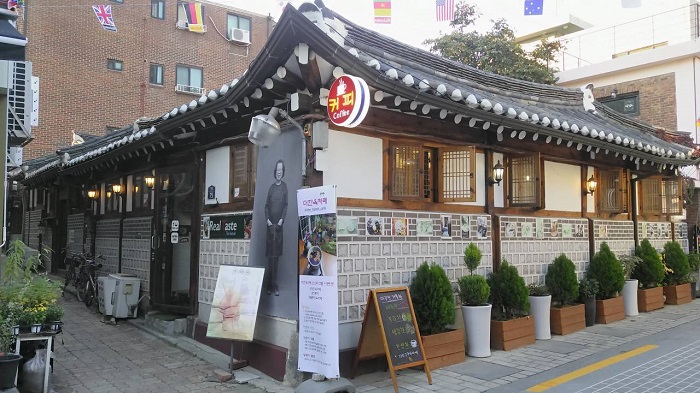
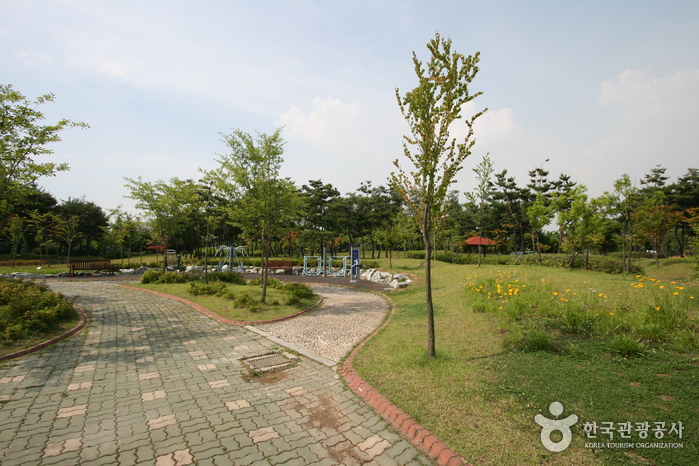
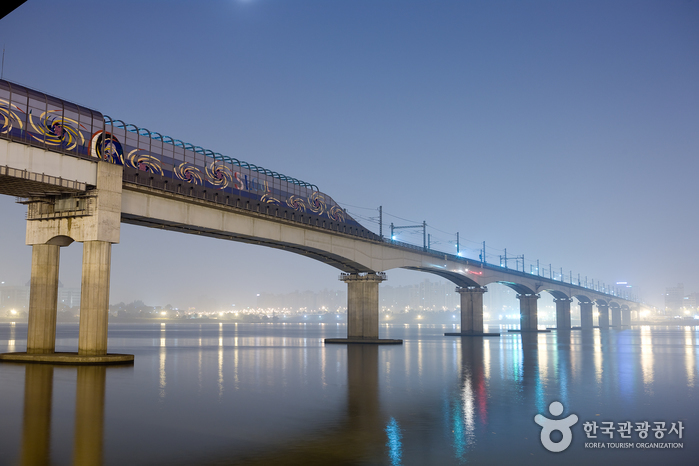
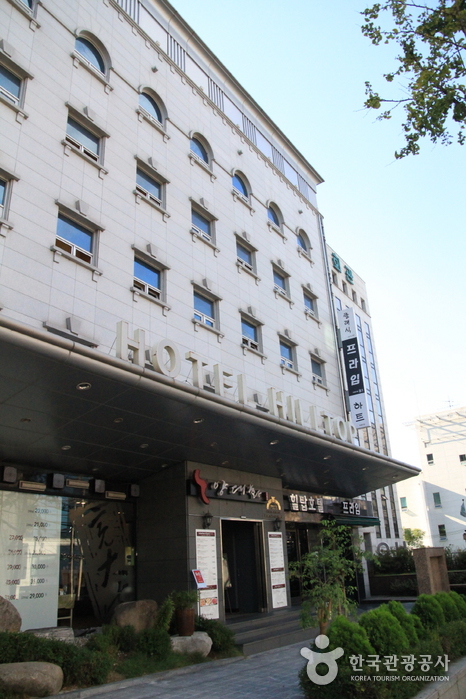
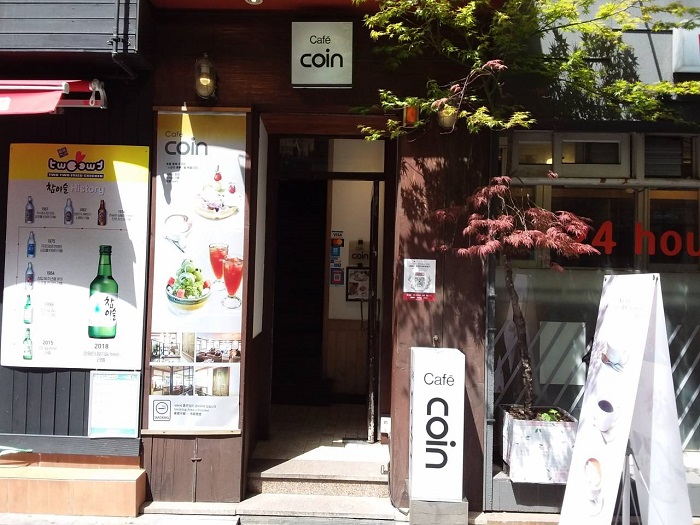
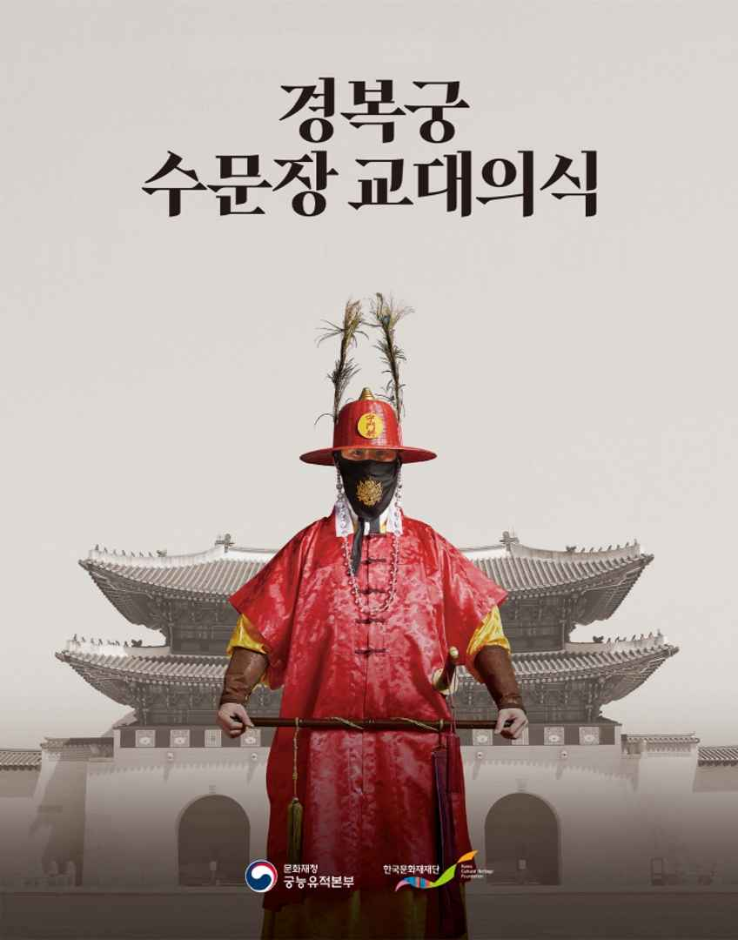
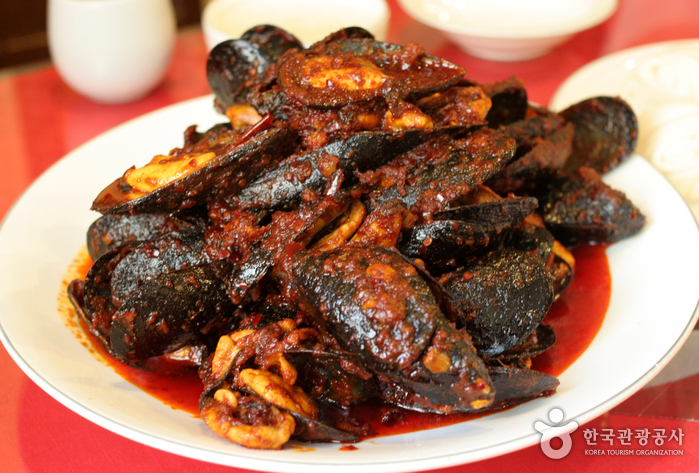

![Seochon Guest House [Korea Quality] / 서촌 게스트하우스 [한국관광 품질인증]](http://tong.visitkorea.or.kr/cms/resource/41/2447241_image2_1.jpg)
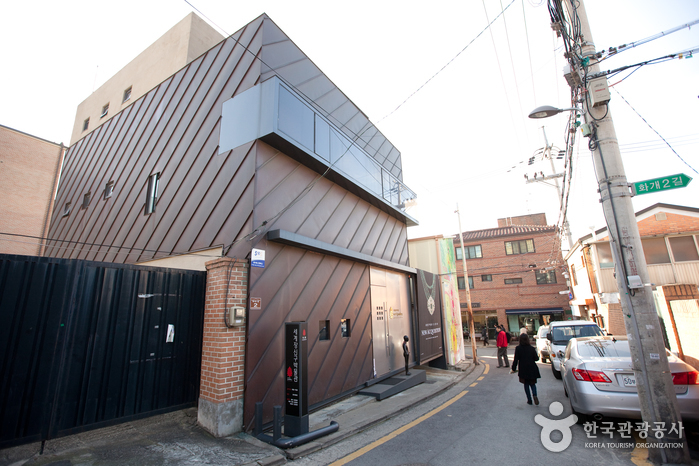
 Español
Español
 한국어
한국어 English
English 日本語
日本語 中文(简体)
中文(简体) Deutsch
Deutsch Français
Français Русский
Русский